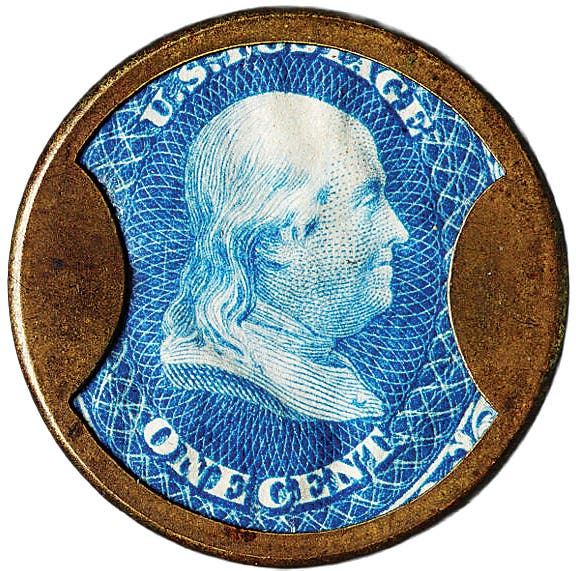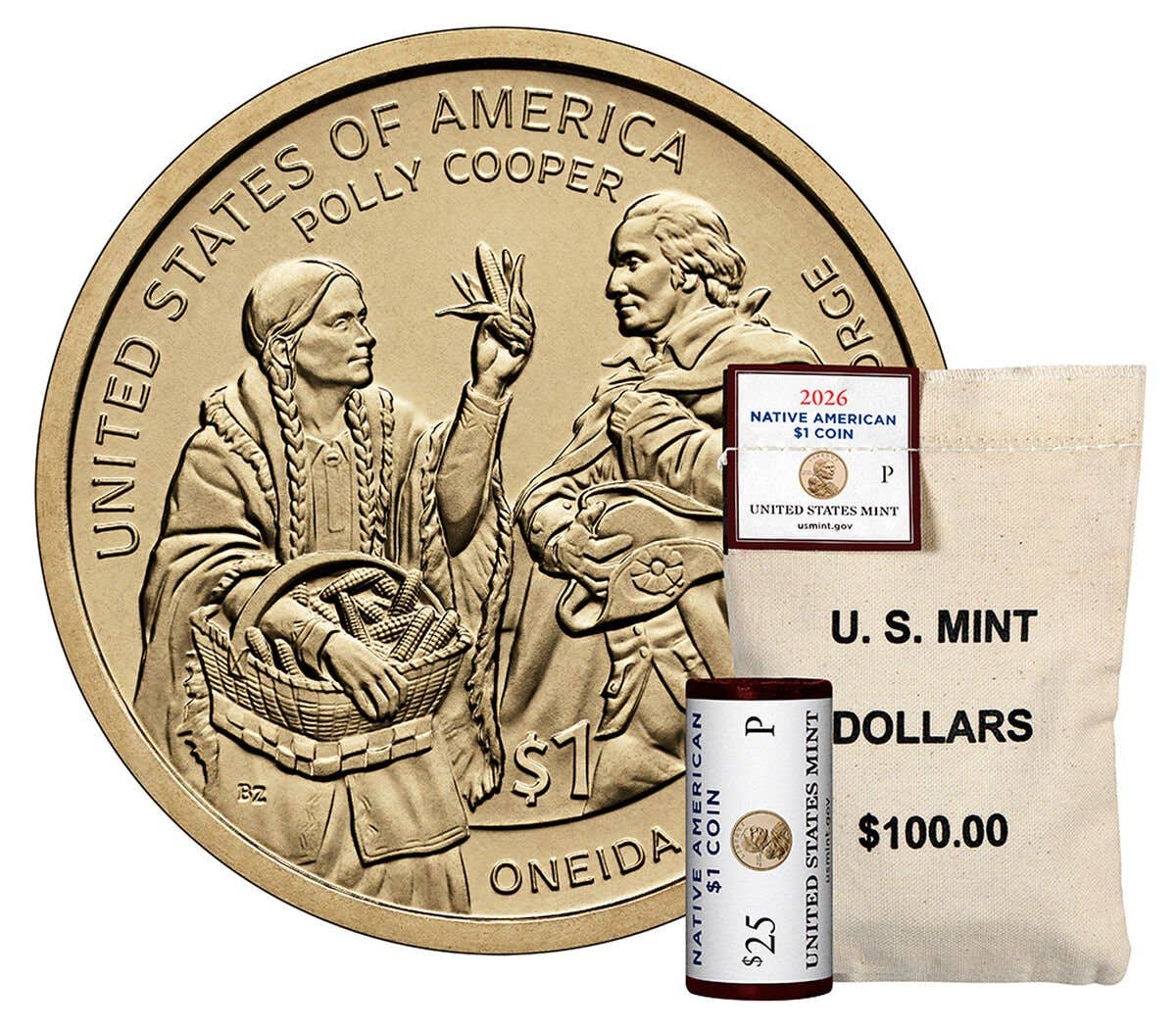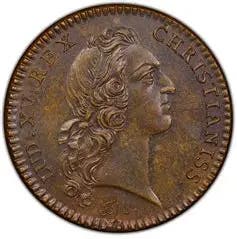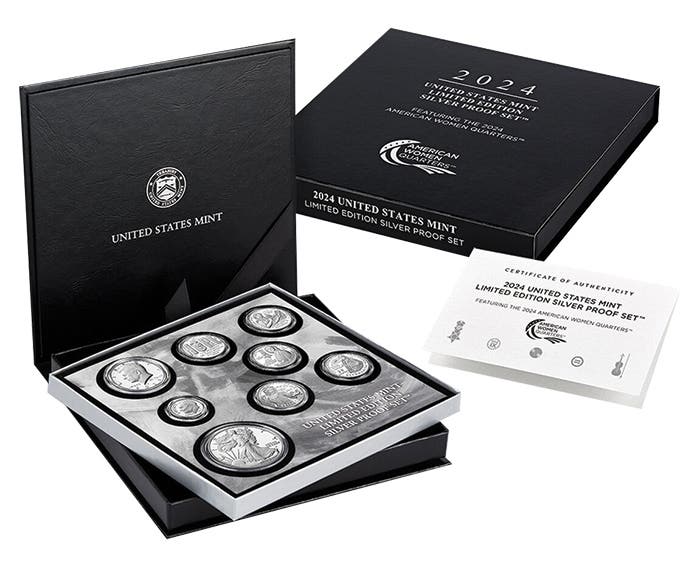Bargains for Liberty Head Nickels
The United States Mint has been in the nickel business since 1866, even though it was still pounding out a certain amount of silver half-dimes as late as 1873. The…
The United States Mint has been in the nickel business since 1866, even though it was still pounding out a certain amount of silver half-dimes as late as 1873. The introduction of the Liberty Head nickel image came in 1883, as the second design for the 5-cent piece made of a copper-nickel alloy, and did so with one of those wonderful quirks that still amuses collectors, a design that did not state its value – or did not state it completely. Seasoned collectors know that there is an 1883-without-cents variety as well as an 1883-with-cents variety of this first year of issue.
If the first year of the Liberty Head nickel is interesting because of its two varieties, what generally gets called the last year qualifies as the insane, screaming, bananas-crazy rarity of the series, the 1913. We will not wade into the debate about whether this is truly a Liberty Head nickel or the fantasy of one get-rich-quick schemer who had been a Mint employee. We’ll simply state that since we are looking for bargains among this series, we will ignore this piece that is virtually impossible to own.
We also might have to pass on the rarities within the Liberty Head nickel series, meaning the 1885, the 1886, the 1888, and the 1912-S, all of which carry rather enormous price tags. The first three of these actually have mintages that make us scratch our heads when we look at just how much each one costs, even in well-circulated grades. But the numbers and the prices don’t lie, and so we will pass on them.
Leaving these four expensive nickels out of the lineup, we have dates remaining that span from 1883 up to 1912, and even one date bearing the ‘D’ mint mark of a young branch Mint in the Mile High City – Denver, Colo. That final year of issue is the only one to see a ‘D’ and an ‘S’ mintmark. All the rest of these nickels were produced in Philly. And so, we need to look at what sort of price we want to pay for each of these, and what grade we will be getting for our money.
The idea of finding what we can call a “bargain price” for a Liberty Head nickel is somewhat different from the same discussion if we were talking about silver or gold coins. In the case of any precious metal coin, we can always tell ourselves that the price will rise in the future. Such rises in price have a very long history backing them up, and the coin is either silver or gold – so, it has a precious metal content and value. But when it comes to a base metal coin-like these nickels, well, the game has changed. These are purely collector coins. Their chance of a quick jump in price in the near future because of some volatility in the metals market is amazingly slim.
With this in mind, what do we want to claim is a bargain price for a Liberty Head nickel? Something like $10 sounds great, but that is barely enough to ante up and sit at the table. That much (or little) will only land us common date pieces in grades like VG-8. We can definitely make a collection that way, but it won’t look like much. If we want to get up into decent grades, something like MS-60, or maybe even MS-62, we’ll need to part with probably $100 per nickel. That might be a tough pill to swallow when talking about base metal coins, but that’s the going price for most of the common Liberty Head nickels if we want pieces that look like they just came from the Mint.
There have been pretty good sized mintages for just about all of the Liberty Head nickels, but there is something of a break in the series, as least as far as the prices are concerned in that just-mentioned mint state zone. At the year 1897 the prices drop, rise a bit for the 1898s, then drop again at the 1899s and stay relatively low all the way to the end of the series. This seems to be related to the annual totals. In 1897 the output was over 20 million nickels and in 1898, it dropped to about 12.5 million. In 1899, the total rose up to 26 million and stayed at about that level every year after. Admittedly, the 1909 saw a drop back down to just over 11.5 million, but this does not seem to have affected the price of this particular 5-cent piece too much today. This means that the possibility exists of a short set, starting in 1897 and ending in 1912. At the time of writing, each of these costs a bit less than $100 in those lower mint state grades.
If we go back further, to stay at or just below the $100 price cap, we may have to slip to the AU-50 Liberty Heads, or perhaps the occasional EF-40. This will get the remaining decade of the series for us, barring those rare dates we noted. Overall, we can build a solid collection this way, without spending a fortune.
As if all this was not enough, there is a strange cherry to put on top of this sundae, as it were. That “cent-less” 1883 is one of the lower mintages of the Liberty Head nickel series, although it doesn’t really qualify as rare by most standards. Yet people must have kept a lot of them back in the day. The current cost for one of these in a grade such as MS-62 is only about $50. The price really launches as we move to a grade such as MS-65, but it’s nice to know that this piece that has the celebrated history to it is one of the least expensive in the series.
It seems then that there are still quite a few bargains that might be had among the three decades of the Liberty Head nickels. ◆
As an Amazon Associate, Numismaticnews.net earns from qualifying purchases made through affiliate links.









